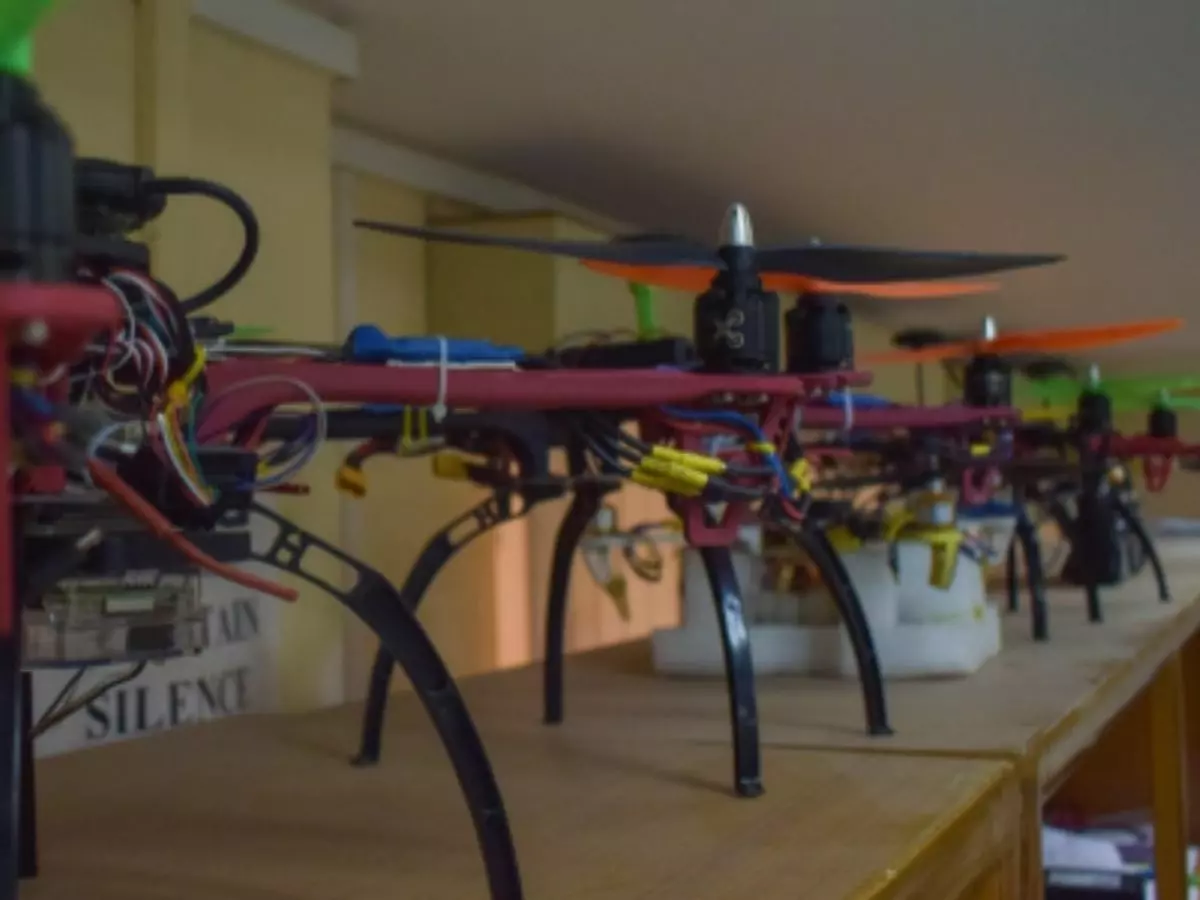IIT Kharagpur Build Airborne Mobile Tower Drones That Can Bring 5G In Zero Network Area
The novel system has been designed by a team of researchers including Kirtan Gopal Panda, Shrayan Das, Bharat Dwivedi, Aunullah Qaiser and led by professor Debarati Sen, from the G.S. Sanyal School of Telecommunication (a part of IIT-Kharagpur) set up by HCL co-founder Arjun Malhotra.

Today we¡¯re lucky to be close to a cell tower that provides us with the network we need to get connected to the internet and get our work done.
However, there are times when there¡¯s no internet connection at all or due to faulty equipment or some natural calamity the network infrastructure has gotten destroyed.
 Reuters
Reuters
In such a situation, normally it would take days for the network to come back online. However, researchers at IIT-Kharagpur have developed a system involving unmanned aerial vehicles or UAVs (basically drones) with 5G infrastructure built-in, to help as airborne mobile telecommunication towers.
The novel system has been designed by a team of researchers including Kirtan Gopal Panda, Shrayan Das, Bharat Dwivedi, Aunullah Qaiser and led by professor Debarati Sen, from the G.S. Sanyal School of Telecommunication (a part of IIT-Kharagpur) set up by HCL co-founder Arjun Malhotra.
Professor Sen explained the tech behind this, ¡°Through intelligent programming, we can deploy our 5G-connected drone fleet in a particular location as soon as the first emergency signal is flagged and complete the evacuation of the endangered data in the telecommunication backbone network within the first 3 minutes of the occurrence of a disaster. The drones will relay the data to the rescue server which is located thousands of miles away while restoring the network connection through the nearest mobile tower.¡±
Even in cases when there are network disruptions, the drones are smart enough to avoid it by switching their location and bypassing the jam. Moreover, the drone¡¯s localisation and rescue-based services can help in looking for survivors at the affected location while also providing additional aid and reducing the time for first responders.
 Debarati Sen/ IIT Kharagpur
Debarati Sen/ IIT Kharagpur
Sen added, ¡°We have already studied the performance of the UAV network with the APP ¡®NerQuake¡¯ in situations of emergency response in disaster management and maintenance of the quality of service by deploying a fleet of four unmanned aerial vehicles. We have used network coverage data of various mobile service providers in the North-Eastern states in verifying the functionality of the APP.¡±
Researchers have submitted a phase-I report of the UAV-5G infrastructure system with MEITY, Government of India and they plan on commercialising the system in the near future.
